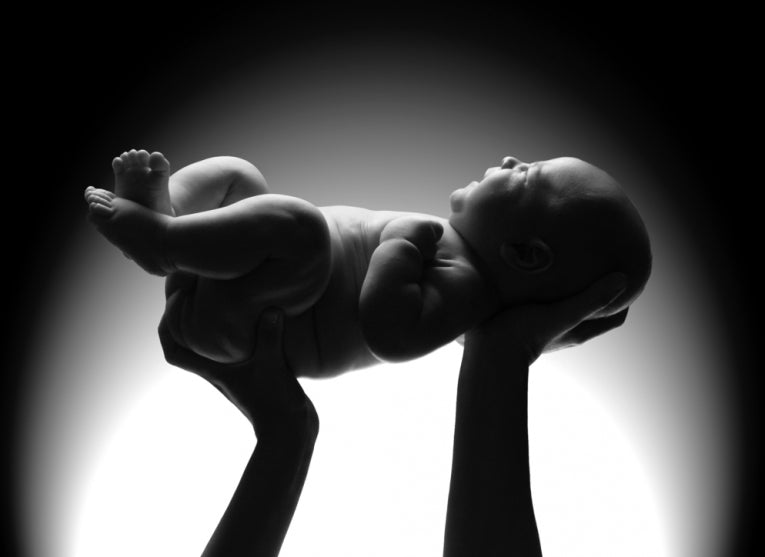Childbirth is a very natural function of life. Let's face it, we are all here as a result of a successful childbirth.
But childbirth is not without risk. In developed countries there is approximately one maternal death for every 3,700 live births, but in developing counties the average risk increases to one death for every 208 live births. It is said that in sub-Saharan Africa a woman has a one in 16 chance of dying in pregnancy or childbirth.
Looking at individual countries the picture is even bleaker. The latest available figures are for 2008 and in that year the lifetime risk of maternal death in Afghanistan was put at one in eleven, while the figures for Chad and Somalia were not much better at one in 14.
It must be pointed out that these figures are for "lifetime risk", so mothers having a number of pregnancies will obviously shorten their odds. The risk rises with each successive pregnancy and shorter intervals between pregnancies also increase the risk.
Around 129 million women give birth each year and worldwide approximately 15% of them develop potentially life-threatening complications. These include chronic pain, impaired mobility, damage to the reproductive system and infertility. Maternal mortality accounts for about 600,000 deaths each year. That is approximately one every minute.
About 80% of maternal deaths are due to causes that directly relate to childbirth and pregnancy. 61% of these deaths occur after delivery, although 16% occur during childbirth. There are five major causes of maternal death:
Most of these conditions are preventable with proper medical monitoring, information and services. Severe bleeding can be stopped by prompt administration of drugs; sepsis can be limited by attention to clean delivery and careful monitoring and simple drug therapy can limit hypertension.
Prolonged or obstructed labour often occurs where there is malnutrition and where girls marry at a young age and are expected to prove their fertility. Those aged between 10 and 14 are five times more likely to die than those aged between 20 and 24. Unsafe abortion can be prevented by better access to family planning information.
Lack of access to family planning, especially in the developing world, has a great impact on maternal mortality and is said to be a major factor in one in four maternal deaths. It is estimated that around 150 million women in developing countries want to either delay or stop childbearing, but they have neither the information or resources to achieve this.
The charity Save the Children has just published its annual Mothers' Index. This looks at 165 countries and uses statistics to consider female and child health and nutrition, as well as the prospects for women in the areas of education, economic prosperity and political participation.
Understandably it is in the least developed countries of the world where the picture is bleakest. Niger is considered by the report to be the worst country in the world to be a mother, where a major factor is the current food crisis.
Closely following Niger are Afghanistan, Yemen, Guinea-Bissau and Mali, but hunger and deprivation are the chief factors that keep other developing nations such as Eritrea, Chad, Sudan and South Sudan near the bottom of the list.
According to the report, malnutrition accounts for 2.6 million child deaths worldwide each year. Although millions more children survive, they do so with lifelong physical and cognitive impairments due to a lack of vital nutrients in the early stages of their lives when their growing bodies and minds are most vulnerable.
Looking at countries in the developed world, Norway is considered to be the best place to become a mother, followed by Iceland, Sweden, New Zealand and Denmark. The United Kingdom and the Netherlands are in joint tenth place, while the United States is rated 25th.
Although the United States has moved up from number 31 last year, its maternal death rates are still 15 times higher than those of Greece, while the rate for infant mortality is four times greater than in Iceland.
The report comes down very firmly in favour of breastfeeding, maintaining that an increase in this could save the lives of a million children each year. In the developing world fewer than 40% of all infants are exclusively breastfed, with the United States being the worst among the developed nations for encouraging this.
However, there are small areas of encouragement. Afghanistan, which came last for the past two years, has managed to provide skilled assistance at more births and has been able to bring down female mortality rates as a result, but there is still a very long way to go.
Malnutrition continues to be a major factor in maternal and infant mortality. Real progress will only be made if all governments make a firm commitment to join the fight against the hidden crisis of chronic global malnutrition.










